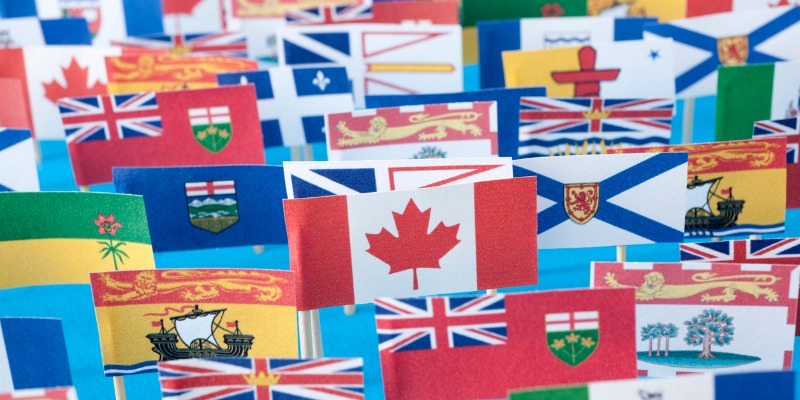Provinces should study Saskatchewan’s fiscal recovery of the 1990s

Every province faces fiscal challenges coming out of the COVID-19 recession. Alberta, Ontario and Newfoundland and Labrador are in particularly difficult territory with massive budget deficits and rising debt. With this in mind, it’s worth reflecting on some important lessons from Canada's fiscal history that apply to today’s situation.
This year, the 10 provinces are projected to run cumulative deficits amounting to nearly $80.0 billion. Every province will run a deficit in 2021/22, and every provincial government forecasts deficits for the next several years. The earliest timeline for a balanced budget is three years from now (in 2024/25) for Nova Scotia and Prince Edward Island. Three provinces opted not to provide any target date for a return to budget balance while some provinces including Ontario and Manitoba are aiming for the end of the decade.
So how can the provinces chart a reliable path back to balance?
Recent Canadian history provides some clear examples of provincial governments in similarly daunting fiscal situations. This was especially true in the early 1990s when several provinces faced large persistent deficits and rising debt.
Specifically, consider Saskatchewan. Its deficit (as a share of the economy) peaked at 6.8 per cent in 1987, which caused the province to have difficulty selling provincial bonds to finance its debt. Between 1991 and 1995, Premier Roy Romanow and his NDP government implemented a remarkable turnaround that resulted in sustained surpluses several years onward from 1995.
How did they do it?
First and foremost, they looked closely at the role of government, making tough decisions about what government could do and what was best left to the private sector. Crucially, they reduced per-person spending in successive years and reduced the size and scope of government. Programs that were unaffordable or inefficient were eliminated.
As a result, per-person program spending dropped from a peak of $9,098 to $6,963 in less than five years. And Saskatchewan went from running persistent deficits to a surplus of $573 million by 1995/96.
Spending reforms allowed the province to completely dig its way out of fiscal peril in short order. Saskatchewan’s debt-to-GDP ratio (a common measure of debt sustainability) declined from 37.2 per cent in 1992/93 to 30.7 per cent in just five years and continued to decline afterwards as spending remained under control and economic growth increased.
The story of the fiscal turnaround in Saskatchewan during the 1990s provides a template for provinces today. Premiers from coast to coast are awash in red ink as the country works to recover from a crippling economic downturn. Cleaning up this fiscal mess will be an important priority so we do not pass on this debt burden to the next generation. Fortunately, provincial governments have done this before, and today’s policymakers can learn lessons from Saskatchewan’s roadmap.


